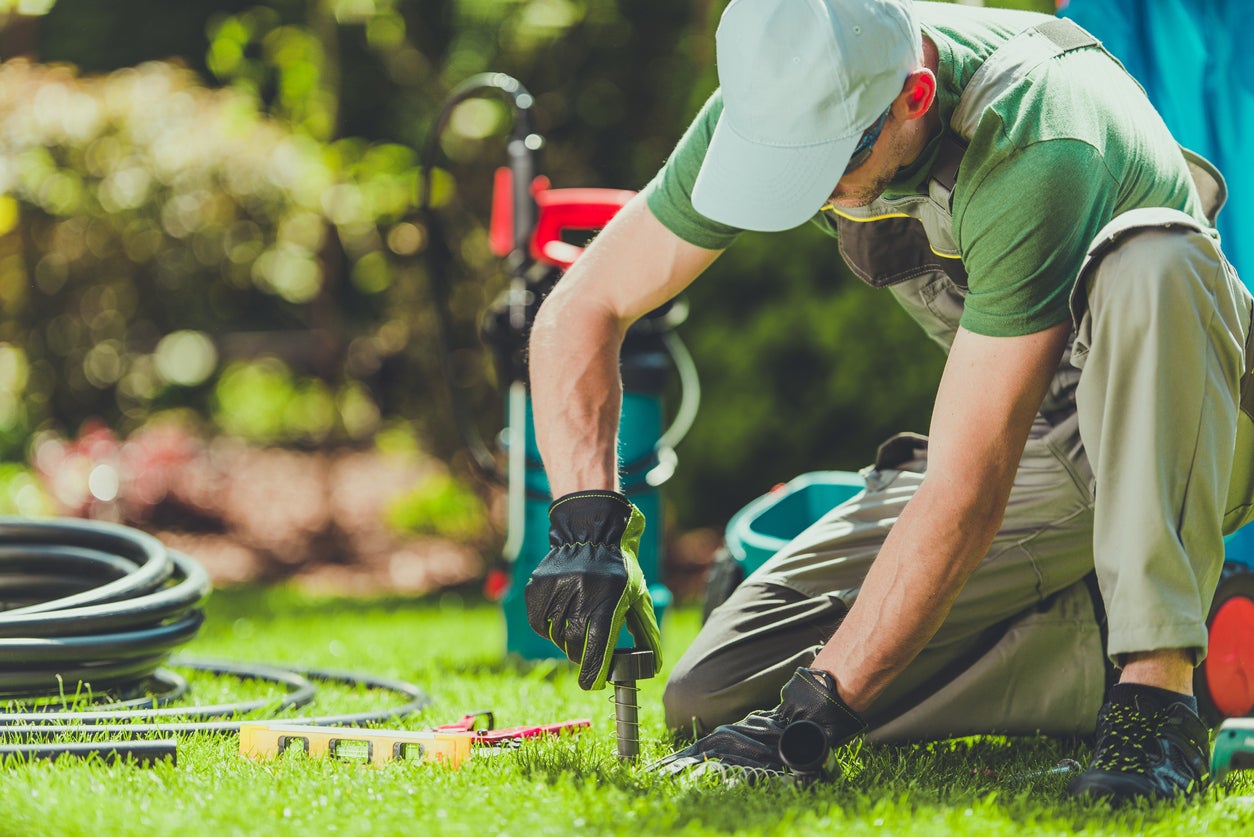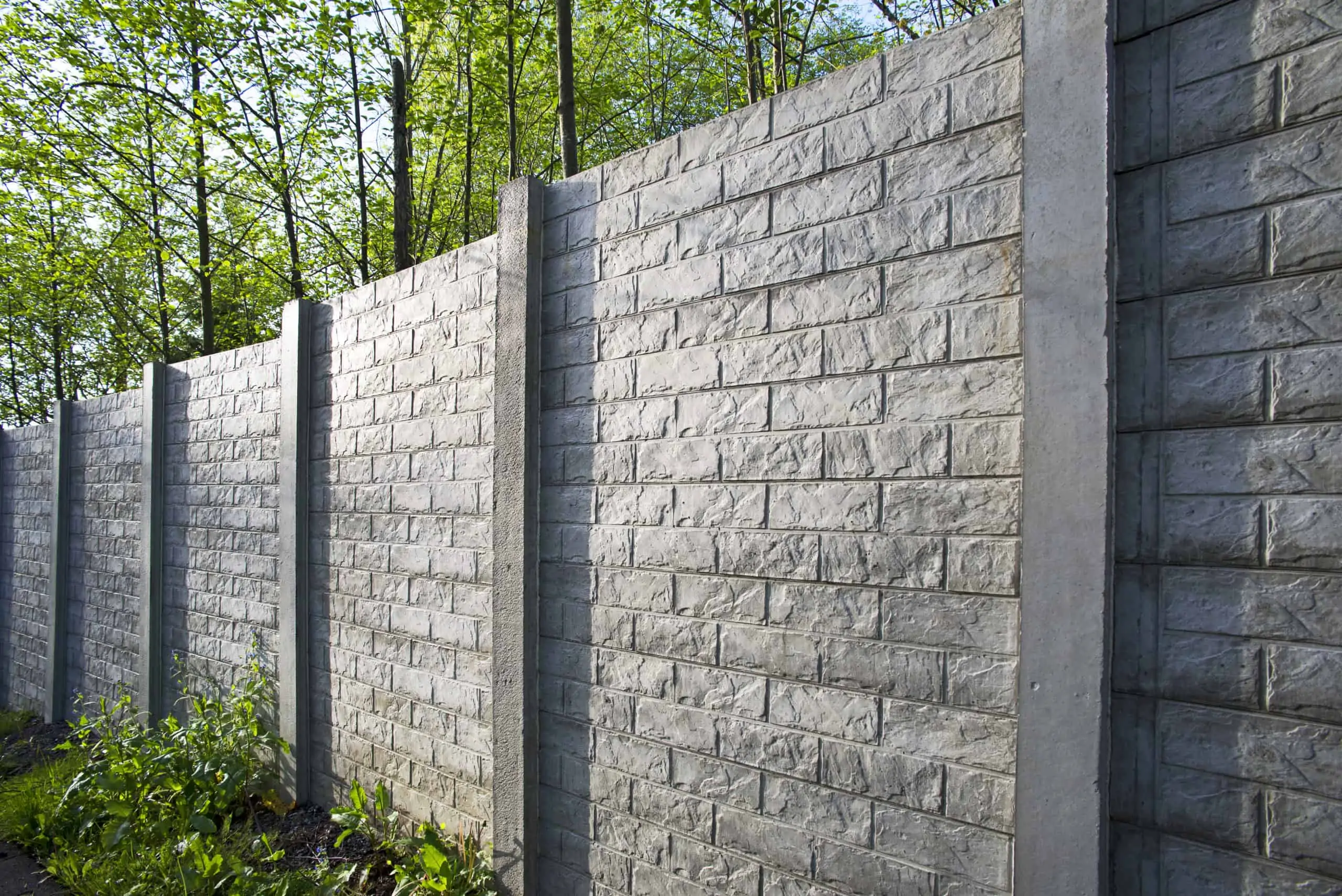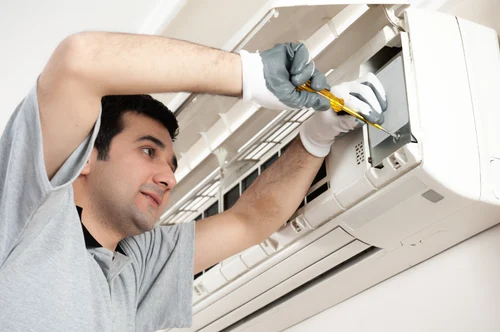An irrigation system is the lifeline of any lush landscape, ensuring that your plants receive the right amount of water at the right time. To maintain a thriving garden, it’s crucial to understand how to properly care for your irrigation system. From installation tips to routine maintenance, this article offers a comprehensive guide on how to nurture your green oasis through effective irrigation system care.
1. Choose the Right System: Selecting the appropriate irrigation system for your landscape is the first step to ensuring efficient water distribution. Whether it’s a drip system, soaker hoses, or sprinklers, choose a system that aligns with your plant types, soil conditions, and water conservation goals.
2. Professional Installation: While some homeowners opt for DIY installation, seeking professional help can ensure that the system is correctly set up from the start. Proper installation prevents leaks, ensures optimal coverage, and minimizes potential water wastage.
3. Regular Inspection: Periodically inspect your irrigation system for leaks, clogs, and misaligned sprinkler heads. This step helps you catch small issues before they escalate, saving water and preventing damage to plants and the system itself.
4. Adjust for Seasonal Changes: Adapt your irrigation schedule according to the changing seasons. Plants have varying water requirements in different weather conditions. During rainy seasons, reduce watering to avoid over-saturation, and increase it during dry spells.
5. Time Your Watering: Watering during the early morning hours or late afternoon is optimal. This minimizes water loss due to evaporation and ensures that plants have enough time to absorb moisture before evening temperatures drop.
6. Optimize Watering Amounts: Avoid overwatering, as it can lead to root rot and other plant diseases. Different plants have different water needs, so familiarize yourself with the water requirements of your specific plant species.
7. Consider Smart Technology: Upgrade to a smart irrigation system that uses sensors and weather data to adjust watering schedules automatically. This technology prevents overwatering during rainy days and optimizes water usage based on real-time conditions.
8. Winterization: Before the cold season arrives, ensure your irrigation system is properly winterized. This involves draining water from the pipes and equipment to prevent freezing and potential damage.
9. Regular Maintenance: Clean filters, clear debris from sprinkler heads, and replace any damaged components. Regular maintenance helps extend the life of your irrigation system and ensures it functions at its best.
10. Educate Yourself: Stay informed about your irrigation system’s components and how they work. This knowledge empowers you to troubleshoot minor issues and make informed decisions about maintenance and repairs.
In Conclusion: Caring for your irrigation system is an investment in the health and beauty of your landscape. By following these tips, you’ll not only conserve water but also nurture thriving plants that contribute to the overall appeal of your outdoor space. A well-maintained irrigation system is the backbone of a verdant paradise, ensuring your garden remains a vibrant haven year-round.




